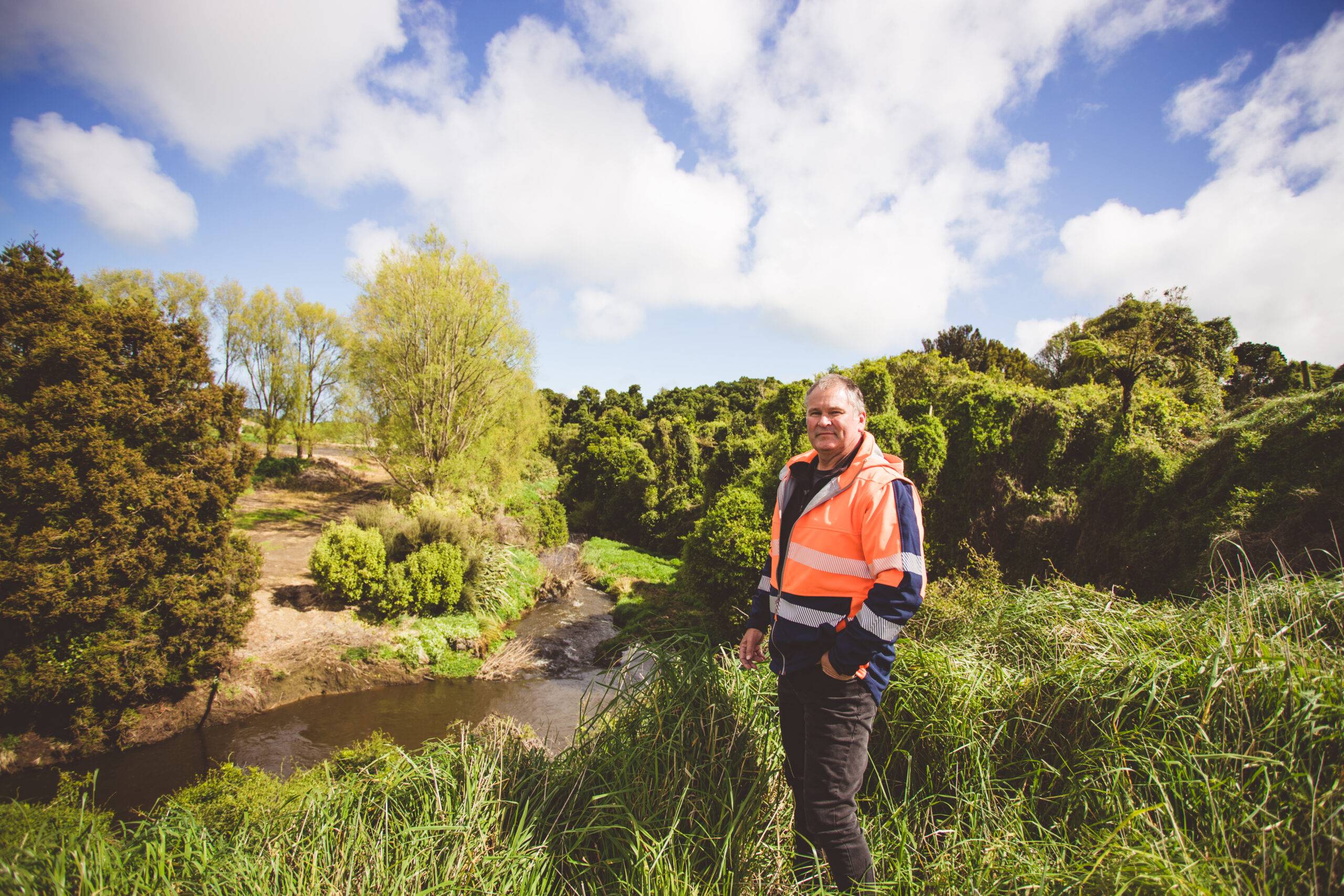We understand that it’s the necessary smell of recycling and sustainability, however we also understand that odours can impact on people’s environment, and that odour pollution can harm ecosystems. This is why we manage our site’s odour emissions with a strict odour control system that is continually monitored, adjusted and developed alongside oversight by an external odour management specialist annually. This provides treatment for these vapours and supports us to;
- be good neighbours
- improve the wellbeing of employees
- maintain environmental compliance
- increase cooker throughputs
- prevent corrosion and damage to plant equipment.
These benefits are achieved through an odour management system that utilises a blend of equipment and chemistry – Odour extraction, cooling and biofilters are the main components.
- Odour extraction
Our odour control system starts at our point sources – these areas range from our product receiving bay, to cookers and dryers – they are pulled by fans to carefully designed ductwork and collection points. This network of ducts and openings needs to be engineered to ensure the optimum volume of vapours is removed from each point in the process, providing a key component in odour extraction. The proper collection of vapours also prevents their damaging effects on buildings, paint and equipment.
- Odour cooling
There are ‘air changers’ in our plant which blow air in and out. A fan brings the vapour to a heat exchanger from the point sources and the main dryer and utilises water cooling to remove heat and condense moisture and solids in the vapours. It improves our process and supports with odour reduction. The air circulates through tubes with water running on the outside to achieve this process, and then moves through a water scrubber, also known as a wet scrubber. This is another cooling system that also removes odours and other particulate matter from the air. We have one scrubber for our main dryer which is a hot air dryer, and a separate one for all point sources. The optimum temperature for our biofilter bed is 35-40 degrees so the vapour it receives should not be any hotter than this otherwise it impacts the natural bacteria in the bark biofilter.
- Biofiltration
Biofiltration is the final step in our odour management system. This is where organic contaminants in our vapour stream pass through a bed of pine bark material, or media, and absorb to the surface, where they are broken down by naturally-occurring good bacteria in the bark. Odorous compounds break down to carbon dioxide, water, mineral salts, and other harmless products.
Our bed material is made up of different sized bark that is home to the vital bacteria involved in the odour control process, along with further stone layers. We contain our bed material in a depression in the ground, and the gas stream is distributed through slotted pipes placed under the filter bed. The air is filtered up through these – it needs to be a certain moisture content, with an even flow of air through the biofilter bed. Moisture is added to the bed to make sure there’s no fast-tracking of air.
Testing a shelter belt
While it’s a long-term strategy, trees in shelter belts can support odour management – so we’re experimenting with one at the top end of our site. The paddock there was put into maize crop, and we noticed the change in odour and noise from this, so we planted a perimeter of trees. These provide a barrier pushing the air up higher – the trees create turbulence that disperses odour upwards, particularly under stable night-time conditions. Studies indicate that under variable climatic conditions, windbreaks can improve odour dispersion.
Our trees are currently at two metres, and can grow up to 15 metres. We will assess impact on odour and noise control as they grow over the next two to three years, and shape them back to optimum height for requirements.
Our community consultation
Alongside these practical applications to support site odour management, we engage in a programme of community consultation. We have meetings twice a year with the local community, which includes local hapu and the Taranaki Regional Council. Here we discuss relevant initiatives, and attendees are able to bring up any concerns which are then addressed.
Independent consultants complete an annual site odour assessment to check on equipment and audit our systems – results of this go to Taranaki Regional Council. Our odour management system is integrated into daily routine and is second nature to our staff. The team at Taranaki Bio Extracts, see odour management as part of our commitment to the environment, and being part of a respectful and caring community.
Ends.
